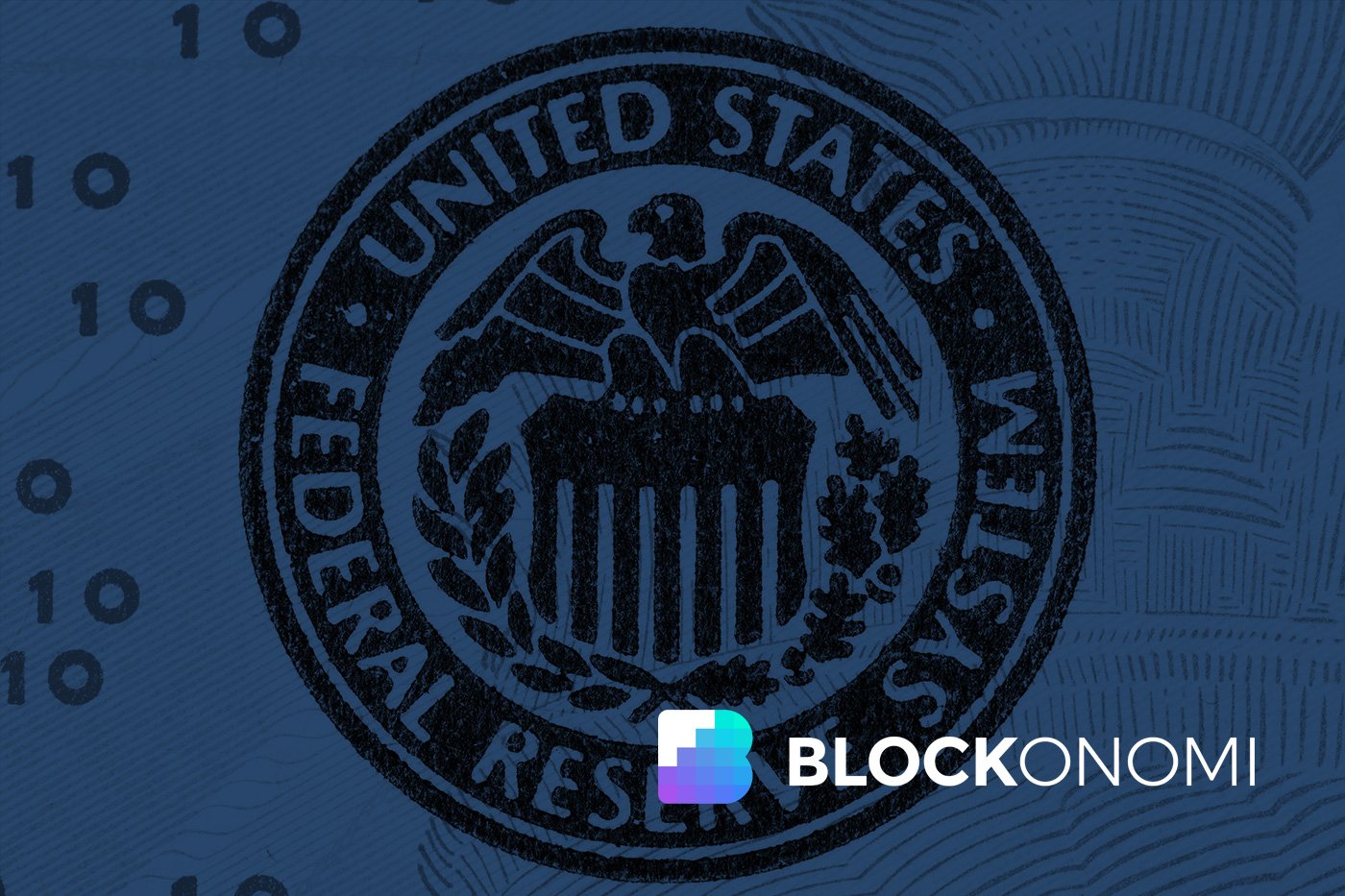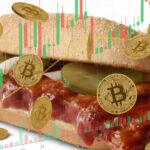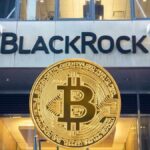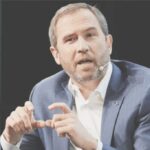TLDR:
- Fed officials remain divided over inflation versus job risk ahead of December meeting.
- A government shutdown deepened the political divide by halting key economic reports.
- Hawks warn that tariff costs could sustain inflation, while doves point to weakening job duties.
- Markets see a rate cut as likely but acknowledge growing uncertainty within the Fed.
The Federal Reserve faces growing divisions over whether to cut interest rates in December, as hawkish officials push for caution after recent cuts. The internal split emerged after last month’s meeting, where inflation-focused members argued that the latest tariff-driven costs could last longer than expected.
Others warned that slower hiring could signal broader weakness in the economy. The disagreement has left markets uncertain about the Fed’s next move.
Fed officials clash over rate cut path
According to Nick Timiraos of The Wall Street Journal, officials are now divided over three critical issues: whether tariff-related cost increases will moderate, whether weak hiring reflects falling demand or a tight labor supply, and whether interest rates will remain restrictive.
The divergence, rarely seen during Chairman Jerome Powell’s tenure, intensified after the government shutdown halted the release of key inflation and employment data.
Without official reports, policymakers turned to private surveys and anecdotal evidence to justify their positions.
Hawks cited steady consumer spending and early signs that businesses are preparing to pass on tariff costs. Doves, meanwhile, argued that limited price pass-through shows weak demand, leaving room for further policy easing.
At the October meeting, the debate reportedly became tense Powell worked to balance the committee’s competing views.
According to NodThe Fed chairman’s unusually blunt tone during his press conference was aimed at preventing investors from assuming that a rate cut in December was guaranteed. That move reflected efforts to manage divisions that have been widened by data uncertainty.
Chicago Fed President Austan Goolsbee and Kansas City Fed’s Jeff Schmid emerged as key voices in the debate.
Goolsbee noted that “transient” price pressures could linger for years, while Schmid opposed the latest rate cut. Their concerns reflect the hawks’ view that inflation could accelerate again if the Fed moves too quickly.
Inflation risks and labor market problems split the Fed
Data released before the shutdown showed inflation rose to 2.9% in August, still above the Fed’s 2% target. Hawks argue this level proves prices have reached neutral territory, while doves believe policy is still tight enough to risk a deeper downturn in labor.
Powell had previously signaled support for rate cuts, suggesting the tariff effects were temporary, but hawkish opposition has since strengthened.
The distance reflects deeper uncertainty about The direction of the US economy. Doves like San Francisco Fed President Mary Daly warn that keeping interest rates high could suppress a potential productivity pick-up.
She argues that slower wage growth indicates weaker demand rather than supply constraints.
Despite these arguments, inflation measurements in September gave a mixed picture. Headline inflation fell due to housing, but underlying measures excluding food and energy accelerated. It reinforced hawks’ warnings that inflation risks remain even amid weak job growth.
As policymakers prepare for the Dec. 9-10 meeting, markets remain on alert. Many investors still expect a cut, but The Wall Street Journal Parliament notes that some officials see the December and January meetings as interchangeable, making the timing less certain.
When data releases resume, the Fed faces a crucial test that could define its policy direction toward 2025.






